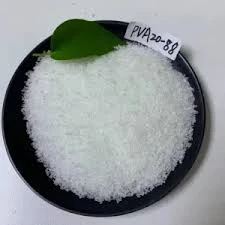The Role of Cellulose and HPMC in Paint Formulations
Cellulose derivatives, particularly Hydroxypropyl Methylcellulose (HPMC), have emerged as essential components in modern paint formulations. These compounds play a pivotal role in enhancing the performance and application of paints, making them vital for both industrial and consumer products.
The Role of Cellulose and HPMC in Paint Formulations
One of the primary benefits of using HPMC in paint formulations is its excellent thickening property. As a thickener, HPMC helps to adjust the viscosity of the paint, ensuring that it flows smoothly during application. This is particularly important for achieving a uniform coverage on surfaces, as it prevents the paint from dripping or running, which can lead to uneven stains. By controlling the viscosity, HPMC allows for better manipulation of the paint, whether it’s being sprayed, brushed, or rolled on.
cellulose hpmc for paint

Apart from its thickening capabilities, HPMC acts as a stabilizer, preventing the settling of pigments and other solid components within the paint mixture. This ensures that the paint maintains a consistent color and texture throughout its shelf life, providing users with dependable performance every time the product is used. The stability imparted by HPMC reduces the risk of separation, which could affect the paint's aesthetics and functionality.
Moreover, HPMC contributes to the film-forming properties of paint. Once applied, it dries to form a durable and flexible film, which enhances the overall adhesion of the paint to various substrates. This is essential for different applications, including interior and exterior coats, where durability and resistance to environmental factors, such as moisture and UV light, are paramount.
HPMC is also valued for its non-toxic and environmentally friendly attributes. As consumers become increasingly aware of the environmental impact of products they use, the demand for green alternatives has risen. HPMC, being a synthetic modification of a natural polymer, meets this demand by providing a safer option for both manufacturers and end-users.
In conclusion, cellulose, particularly in the form of Hydroxypropyl Methylcellulose, plays a vital role in paint formulations. Its thickening, stabilizing, and film-forming properties significantly enhance paint performance, making it suitable for various applications. As the industry continues to evolve, the demand for sustainable and effective ingredients like HPMC will only increase, reinforcing its importance in modern paint technology. The adoption of such cellulose derivatives not only improves product performance but also aligns with the growing trend towards environmentally friendly solutions in the paint industry.




